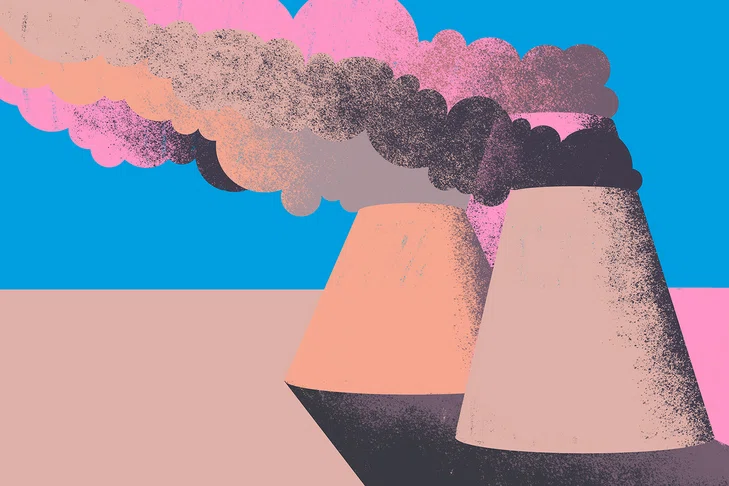
If you were looking for one headline to sum up the impact of climate change on Canada’s and the world’s infrastructure, you could do worse than this one from a December issue of the Toronto Star: “Climate change will cost us billions—and then it will get even worse.”
It’s a harsh line, but the trend is clear. Last year, Canada saw $2.1 billion in damages from severe weather events, the sixth-highest loss since 1983. More troubling still, the stretch from 2011 to 2021 held eight of the 10 worst years on record for losses, and there’s no sign of things slowing down.
That trend is the impetus behind Climate Proof Canada, a coalition of insurance organizations including the Insurance Bureau of Canada, Intact, Wawanesa, environmental NGOs, municipalities, disaster relief organizations and others who are advocating for climate adaptation. Formed last year and launched the same week that the BC wildfires propelled climate change into the headlines once again, the group is urging governments to prepare for the worst by implementing a National Climate Adaptation Strategy to protect people and infrastructure from the extreme weather coming our way.
As recently as a decade ago, climate adaptation was seen by many in environmental circles as something of a distraction from working towards emissions targets—or worse, a premature admission of defeat in the battle against climate catastrophe. Robin Edger, Director of Climate Change for the Insurance Bureau of Canada and a Facilitator with Climate Proof Canada says that’s no longer the case.
“The impacts of climate change are no longer theoretical, or in the future, they’re now,” he says, and denying the need for adaptation is essentially “saying we would prefer if people suffered badly in the hopes that their suffering will lead to emissions reduction. That’s not a tenable position.”
Instead, the group is pushing for a range of policies that would see more funding devoted to infrastructure upgrades, the appointment of a federal advisor on national disaster resilience and financial initiatives to help the private sector better manage its risks. With the tragedy in Lytton so fresh in the public memory, federal parties have been receptive to the request. Several of their policies have been adopted “almost word for word” by the Liberal party, and concrete action is around the corner.
Beyond its advocacy efforts, Edger sees Climate Proof Canada as a convening space for those already working on climate, where they can keep abreast of each other’s work and approach their efforts more strategically. With long-tail events happening more frequently than ever, a well-rounded approach is essential. We need to invest in our infrastructure today to mitigate the threat that’s already here, and reduce emissions to prevent worse threats tomorrow.
“All of the countries with the best emission reduction policies also have the best climate adaptation policies,” Edger explains. “So it turns out these things aren’t at cross-purposes. I think what happens is you either care about climate or not, and then you act on it or you don’t.”
